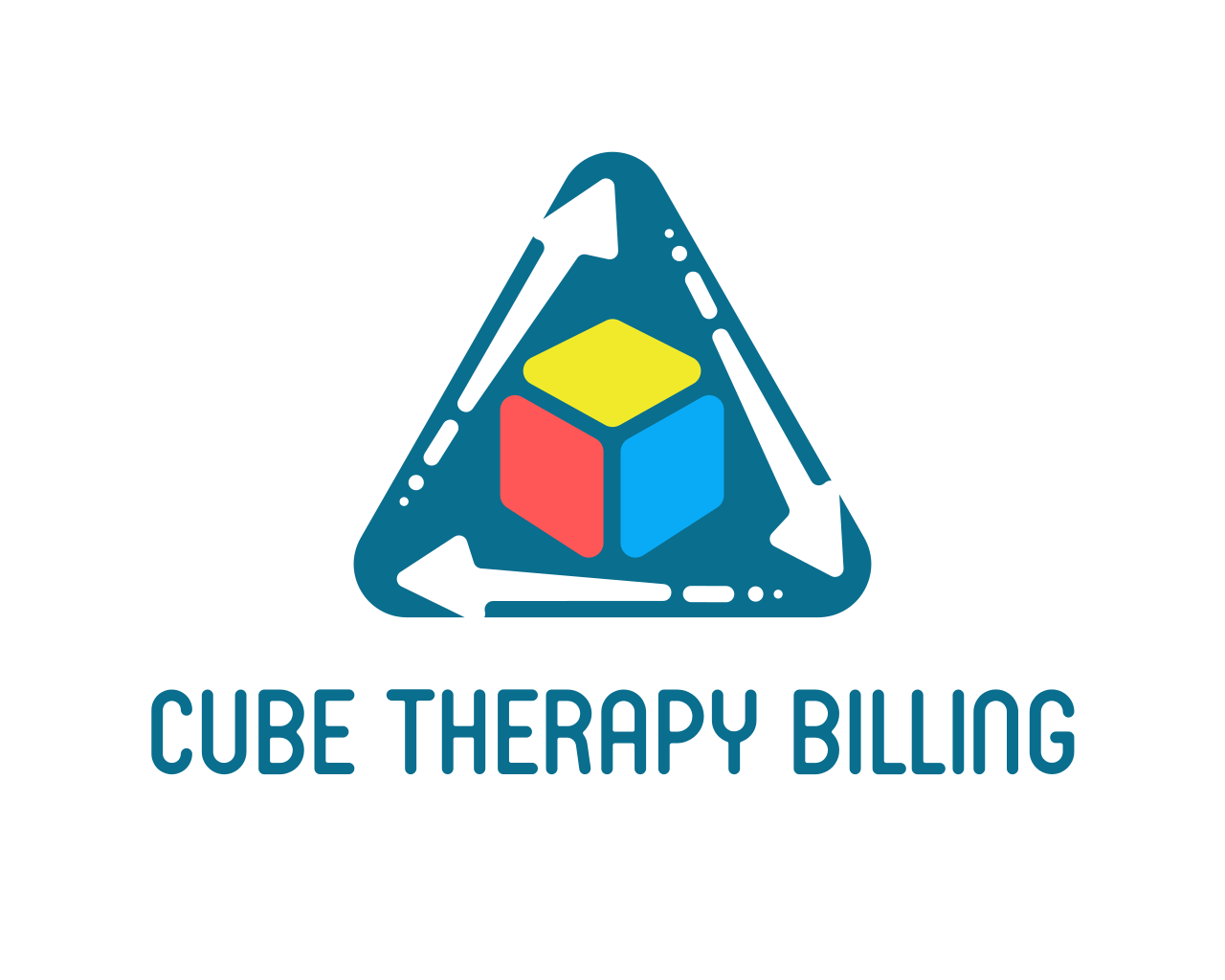Single Case Agreement: A Complete Guide for Providers and Patients
- Veronica Cruz
- 4d
- 4 min read

When a patient suddenly learns that their trusted therapist or specialist is no longer covered by their health insurance network, the situation can create real anxiety. Maybe the patient changed jobs and switched insurance plans.
Maybe the insurance company adjusted its provider list. Whatever the reason, the result is the same: a patient who depends on ongoing treatment now faces high out-of-network costs or the stress of starting over with someone new.
A single case agreement—often called an SCA—offers a way to avoid that disruption. This special contract between an insurance company and a healthcare provider lets the patient continue seeing the same provider while still receiving insurance coverage that’s close to in-network rates.
What a Single Case Agreement Is and Why It Matters
A single case agreement is a written contract between an insurance company and a provider who is not in the insurer’s network. The insurance company agrees to reimburse the provider as if they were in network, which protects the patient from the much higher out-of-network fees.
This matters most in long-term care, such as applied behavior analysis (ABA) therapy, mental health counseling, or specialty medical treatments. For these patients, the relationship with their provider and the consistency of treatment are essential to success. Interrupting that care can undo months of progress and increase overall costs for everyone.
When Insurance Companies Approve a Single Case Agreement
Insurers don’t automatically grant a single case agreement. They look for clear reasons that keeping the current provider is necessary and cost-effective.
Common situations include:
Unique specialty or service. The provider offers a therapy technique, language skill, or cultural understanding that no in-network provider can match.
Location and access. The provider is significantly closer to the patient than any in-network option, reducing travel and improving safety.
Lower overall cost. Staying with the current provider may prevent hospitalizations or avoid expensive medication changes.
Continuity of care. Changing providers could cause a serious setback in treatment, which is especially important in therapies like ABA or long-term mental health counseling.
When these factors are well documented, the insurance company is more likely to approve the single case agreement.
Negotiating Rates: New Clients vs. Existing Clients
The negotiation process differs depending on whether the patient is new to the provider or already receiving care.
For new clients, if no in-network provider can deliver the needed service, the insurer is legally obligated to ensure proper treatment. The provider can usually negotiate for their standard rate by showing that no qualified in-network alternative exists.
For existing clients, the insurer may offer to pay at the highest in-network rate. While this might be lower than the provider’s usual fee, many providers accept it to avoid interrupting care. The patient’s written consent is often required, and both sides must understand the potential out-of-pocket costs.
Billing Details and CPT Codes
Even with a single case agreement, accurate ABA billing is critical. The provider must list the correct CPT (Current Procedural Terminology) codes on every claim so that the insurance company can process payments without delay. In some cases, the agreement specifies the exact number of sessions covered and the ABA CPT codes to use for each one. Read About ABA CPT Codes
Steps to Secure a Single Case Agreement
Securing an SCA takes planning and clear communication:
Request early. Submit the single case agreement request at the same time as the initial assessment authorization so all paperwork stays organized.
Gather evidence. Document why in-network providers are not suitable, including distance, wait times, or lack of necessary specialty services.
Negotiate thoughtfully. Be ready to discuss rates. Some insurers will pay only at the highest in-network rate, so decide in advance what is acceptable.
Keep the patient informed. Explain potential costs and timelines so there are no surprises.
Appeal if needed. If the insurer denies the request, a formal appeal with additional clinical notes or letters of medical necessity can often change the outcome.
Challenges and Benefits
A single case agreement can take several weeks to finalize and may involve accepting a lower reimbursement rate than the provider’s usual fee. Some agreements cover only a set number of sessions and must be renewed. Despite these hurdles, the benefits are significant.
Patients can stay with the provider they know and trust. Providers maintain the therapeutic relationship and avoid gaps in treatment. Insurance companies fulfill their duty to provide adequate care while controlling long-term costs. Everyone gains from uninterrupted, effective treatment.
Frequently Asked Questions About Single Case Agreements
How long does it take to get a single case agreement approved?
Approval times vary, but many single-case agreement requests are processed within two to four weeks if documentation is complete. Complex cases may take longer, so it’s best to start early.
Can a single case agreement be renewed for ongoing treatment?
Yes. If continued care is medically necessary, the patient or provider can request a renewal. Updated treatment notes and a new letter of medical necessity usually make the process smoother.
Who should request the single case agreement, the provider or the patient?
Either can start the request, but the best results come when both work together. The provider supplies clinical details and CPT codes, while the patient contacts the insurer to explain why the single case agreement is needed.
Will I pay more if my provider uses a single case agreement?
In most cases, patients pay about the same as they would for in-network care. The agreement spells out any patient responsibility, so review it carefully before treatment continues.
Final Thoughts
A single case agreement is more than an insurance form—it is a lifeline for patients who need uninterrupted care and for providers who want to protect established treatment relationships. By understanding how an SCA works, documenting medical necessity, and starting the request early, patients and providers can keep care consistent and costs manageable, even when insurance networks change.
